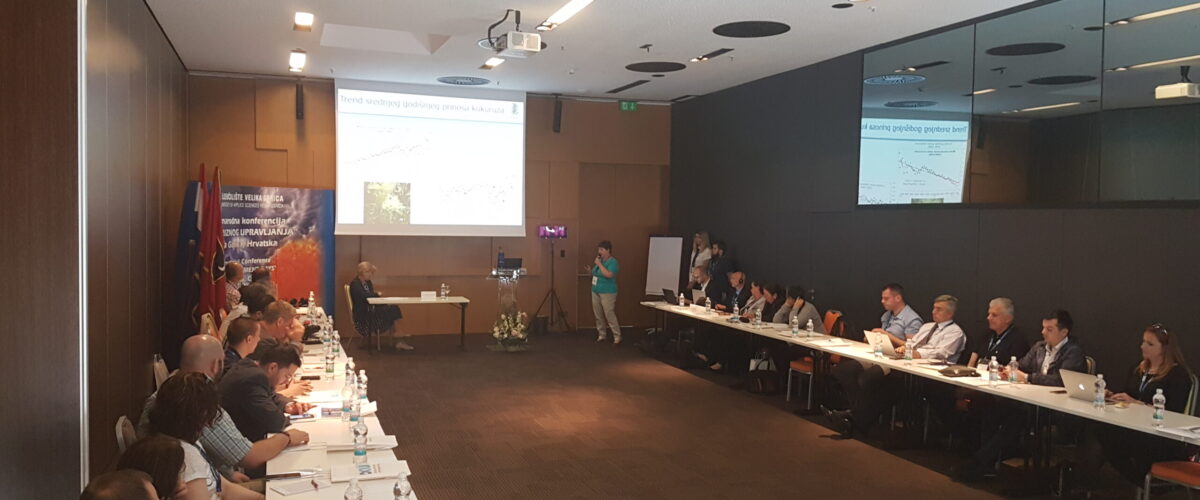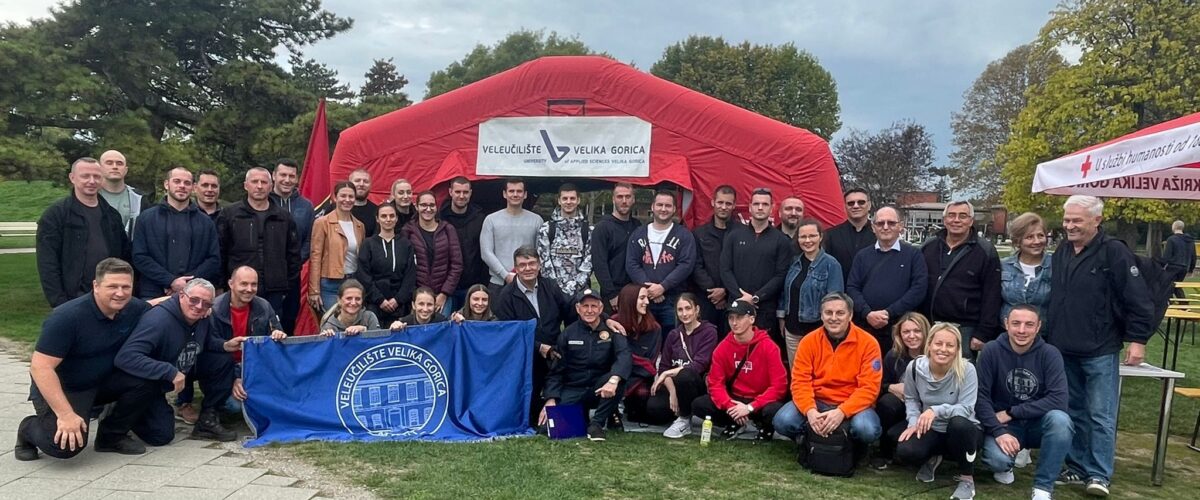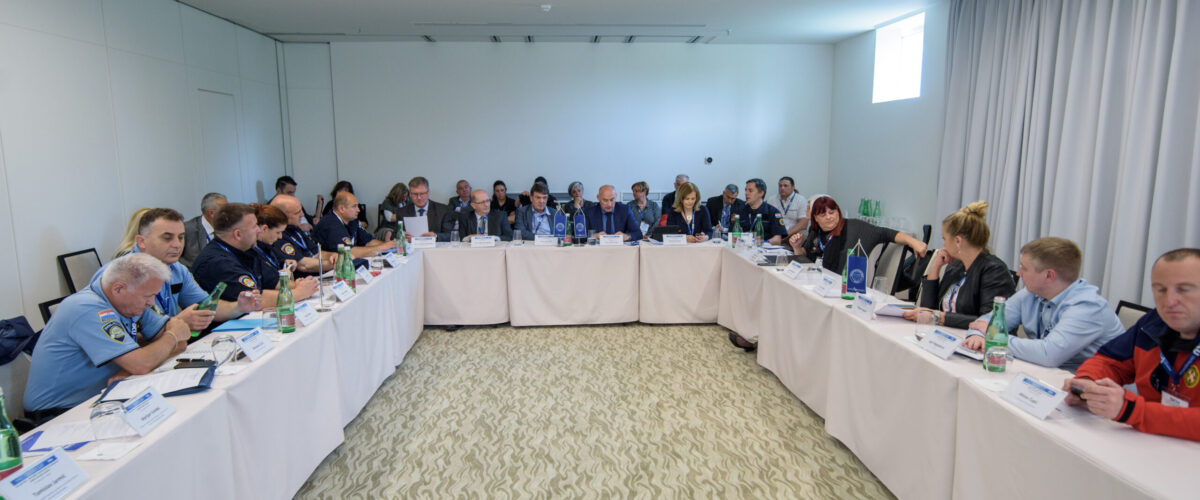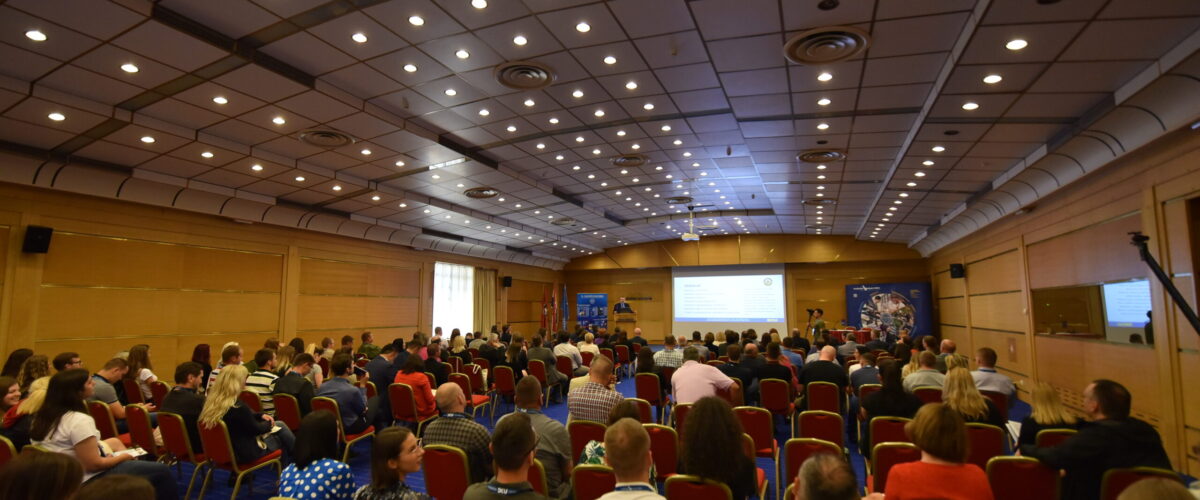1. Fire protection and firefighting
Fire protection and firefighting are of particular interest to the security and crisis management sector as they help prevent the outbreak and spread of fires and protect people, property and the environment from damage if a fire does occur. Fire protection and firefighting are also key to reducing the risk of fire-related injuries, fatalities and property loss, which can have long-lasting effects on individuals, communities and the economy. By prioritizing fire safety and firefighting, organizations and individuals can ensure they are prepared to respond quickly and effectively in the event of a fire. The implementation of new technologies and digital innovations for fire risk management and the implementation of fire interventions is particularly important.
2. Resilience of critical entities and national security
The interdependence of critical entity resilience and national security is important because critical entity disruptions can have serious impacts on vital national interests, including loss of life, economic damage, and reduced ability to respond to emergencies. By ensuring the resilience of critical entities, states can improve their ability to maintain stability and security and respond effectively to crisis situations. Effective resilience and national security require a comprehensive approach that integrates government, industry and community efforts and includes continuous monitoring and improvement. It is precisely in this direction that the EU Directive on the resilience of critical entities defines new obligations for member states.
3. Civil protection and international aspects of crisis management
Civil protection occupies an important place in the national security system for integrated disaster risk management and coordination of participants at all levels of the civil protection system. International aspects of crisis management include cooperation and coordination between countries and international organizations in responding to and managing crises that cross national borders. This may include the exchange of information, resources and experts, as well as coordinated efforts to provide assistance to affected populations through the implementation of international civil protection operations.
4. Road and air traffic safety
Road and air safety refers to measures and systems designed to reduce the risk of accidents and improve the safety of individuals traveling on roads or in aircraft. Safety in road and air transport is essential to protect the lives and well-being of individuals traveling on roads or in aircraft and to ensure the efficient and effective functioning of transport systems. Effective road and air safety efforts can help reduce accidents and injuries, improve emergency response and evacuation plans, and increase overall public confidence.
5. Bio security and sustainable development
Today, biosecurity is imposed more than ever as an imperative since, among other things, it represents the protection of human health and the increase and protection of agricultural products that are directly related to food safety. The prevention, control and management of biological risk factors achieves the integration of biological safety and sustainable development. In this way, biosecurity becomes a key factor in achieving the goals of sustainable development, with particular emphasis on increasing food safety and improving health. By ensuring that biosafety measures are in place and that biotechnology applications are used in a responsible and sustainable manner, it is possible to maximize the benefits of new technologies while minimizing potential risks. In addition to the above, biosecurity also aims to protect against bioterrorist acts and prevent unfavorable biosecurity events, as well as to provide a legal framework for the realization of all of the above.
6. Digital innovations and information security
The integration of digital innovation and information security is essential to ensure that the benefits of digital technology can be fully realized while protecting sensitive and confidential information from harm. Digital innovations can provide new and improved ways of securing information, such as encryption and biometric authentication, but they can also create new risks and challenges for information security. Effective information security requires a comprehensive approach that includes technical, organizational and legal measures, as well as continuous monitoring and improvement. By prioritizing information security and integrating it with digital innovation, organizations and individuals can ensure the confidentiality, integrity and availability of sensitive information and promote trust in digital technology.
7. Health and psychosocial aspects of crisis management
Effective crisis management requires a comprehensive approach that addresses both the health and psychosocial aspects of the crisis. This involves coordination and collaboration between health authorities, mental health professionals and other relevant stakeholders to ensure that individuals and communities receive the care and support they need to recover and rebuild. By prioritizing health and psychosocial aspects in crisis management, it is possible to improve the well-being of individuals and communities and promote long-term recovery and resilience.

















































